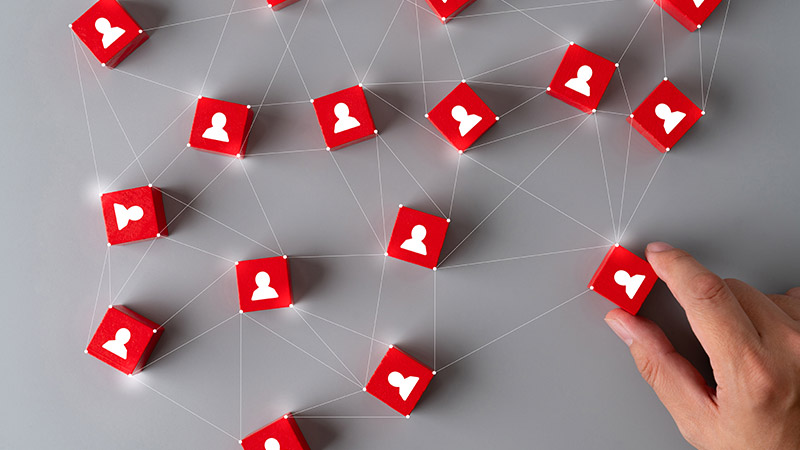The personalisation privacy paradox, and why Zero-party data collection should be a key part of your planning in 2023!

As Google plans to phase third-party cookies out of its Chrome browser by 2024, marketers have shifted their focus to zero- and first-party data.
by Jess Walmsley
Consumers expect personalised experiences. Yet, they also grate at attempts by marketers to collect personal data about them to deliver these personalised experiences. That’s a paradox that marketers increasingly must navigate. There’s a fine line between cool and creepy, and between personalisation and stalking.
For years, the default mode in marketing was to collect as much consumer data as possible, from as many sources as possible, and then interpret what consumers might want. The result was not only frequently invasive, but often wrong. One Deloitte study reported that more than two-thirds of people stated that third-party data about them was only 0 to 50 per cent correct (less accurate than a coin toss).
Marketers are starting to go on a data diet, changing from an emphasis on big data (collecting as much data as possible) to lean data (collecting only what delivers immediate value). But, they’re also re-evaluating their data sources, shifting from third-party data brokers to the data consumers willingly share about themselves directly to a brand.
Forrester coined the term “zero party data” for this volunteered data:
Zero-party data is that which a customer intentionally and proactively shares with a brand. It can include preference centre data, purchase intentions, personal context, and how the individual wants the brand to recognise her.
Forrester analyst Fatemah Khatibloo, recently shared that a typical publisher’s website has 500 ad requests and 54 trackers hoovering up third-party user data. This not only harms the user experience (adding 20 seconds to page load times), but it also harms consumer trust. In contrast, zero party data is transparent, contextually appropriate, and offers a fair value exchange. A consumer “intentionally” and “proactively” shares what they are interested in with a brand and the personalised experience is directly based on what they share.
They know they’re going to get a better experience based on that zero-party data versus something that’s been sniffed out about them on the web.
With Google phasing out third-party cookies in Chrome by 2024, and IOS device privacy changes, businesses will struggle to track the web activity of potential consumers and leads. This is where the concept of ‘zero-party data’ comes into play. The emphasis should be made here on the intention and proactiveness of the individual, which is why zero-party data is preferred from a customer perspective as it feels less intrusive. It’s important to note that just collecting someone’s contact information is not creating a relationship. Whilst it will give you a direct insight into your audience, utilising zero-party data effectively puts emphasis on building meaningful relationships that are based on trust and personalisation. By building your own database through collecting high-value zero-party data, personalisation within your marketing efforts can truly take effect. This allows you to create tailored content that can drive ROI rates up by 5 to 8 times more.
The rise of the QR code
With all this in mind, the QR code comes to light more than ever before. With Precision Connects, we incorporate unique, trackable QR codes within your physical marketing, allowing you to capture data from scan through to purchase; or whatever else your CTA may be. It can also be targeted, as we make connections by delivering the ideal data pool of household prospects to match your offer. We use that data to deliver a targeted, customised, and personalised message. When a QR code is scanned, geotargeting can be used to show the number of scans per area and can be narrowed down to a single address, as it already holds some information about the individual to whom the mail has been sent. You can use this to examine how well your campaign is performing, specific to location.
In Summary
This data-driven marketing approach drives increased sales, as you can directly contact individuals and groups who are most likely to purchase your products or services. However, the zero-party data is the key here, and can be acquired through direct consumer interactions, such as scanning a QR code. The QR code scan can then require a consumer to willingly enter their personal information, for example, to sign up for a membership application. This data will give you a direct insight into your customer segments which are based on their preferences and behaviours – allowing you to deliver a more targeted campaign with a personalised message, specific to your audience’s needs. But, it doesn’t stop there. Unlike first-party data, zero-party data provides you with the most accurate, relevant, and explicit insights directly from your customers, saving you time on analysis!




